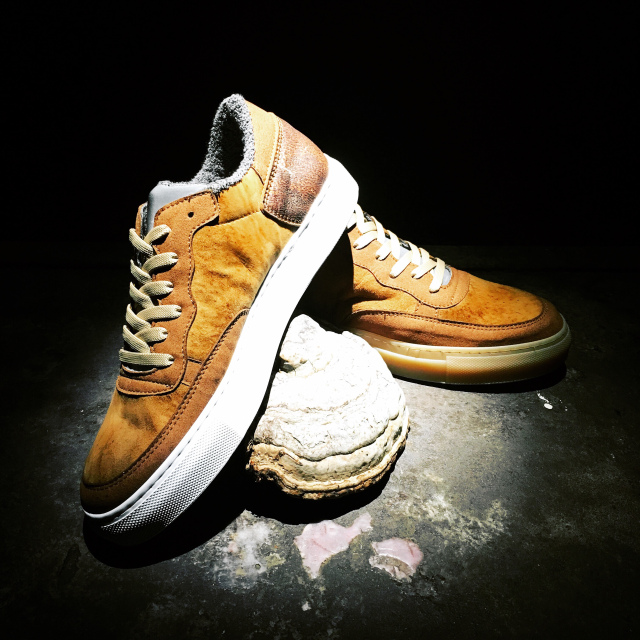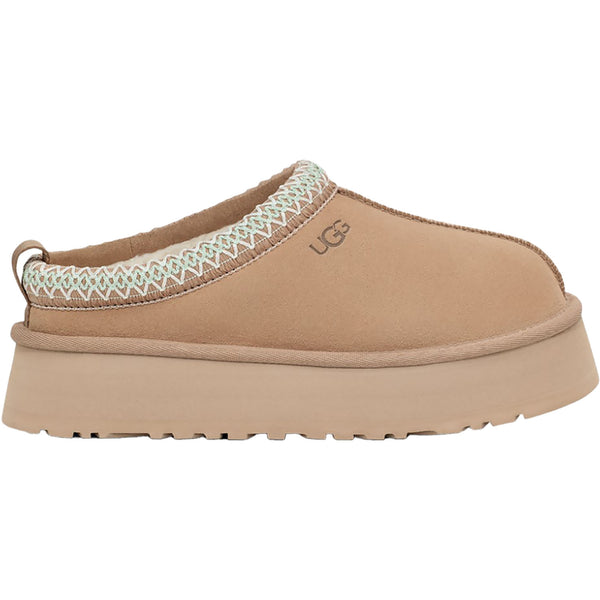Introduction
Mushroom leather, also known as mycelium leather, is gaining popularity in the fashion industry. This innovative material is made from the root structure of mushrooms, called mycelium. It offers a sustainable alternative to traditional leather and synthetic materials. As consumers become more eco-conscious, brands are turning to mushroom leather to create stylish and environmentally friendly footwear. This article explores the benefits, production process, and the future of mushroom leather shoes.
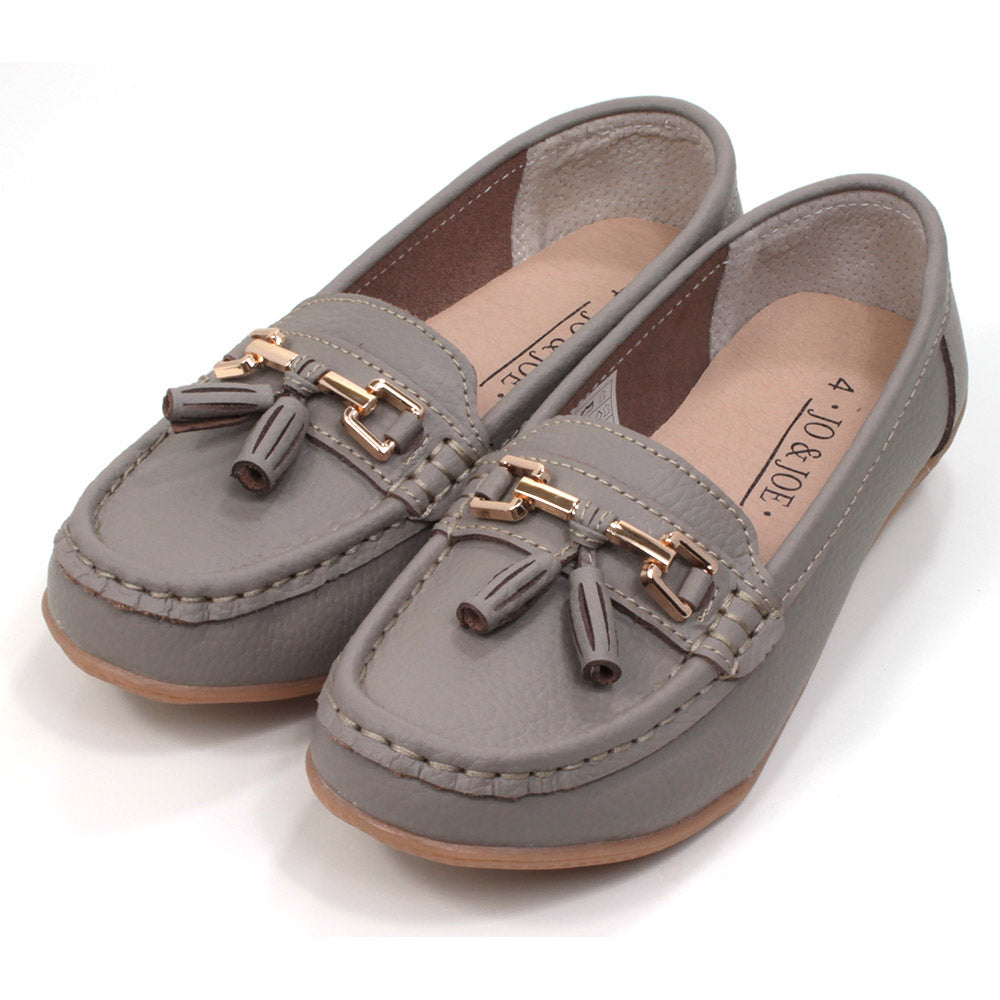
What is Mushroom Leather?
Understanding Mycelium
Mushroom leather comes from mycelium, the underground root network of mushrooms. Mycelium consists of a network of fine white filaments called hyphae. This natural structure is both flexible and strong. When processed correctly, mycelium can be turned into a leather-like material. This process involves growing mycelium in a controlled environment, allowing it to flourish and form a dense mat. After harvesting, the mycelium undergoes drying and treatment to enhance its durability and appearance.
How Mushroom Leather is Made
The production of mushroom leather begins with cultivating mycelium. Farmers inoculate a substrate, typically made from agricultural waste, with mushroom spores. This substrate serves as food for the growing mycelium. Over several weeks, the mycelium spreads throughout the substrate, creating a thick mat. Once the desired density is reached, the mycelium is harvested.
Next, the harvested mycelium is processed. It is washed, dried, and treated with natural compounds to improve its strength and flexibility. Some brands may dye the mycelium to achieve various colors and finishes. The resulting material is soft, lightweight, and resembles traditional leather. It can be cut and sewn like any other fabric, making it suitable for shoe production.
Advantages of Mushroom Leather Shoes
Eco-Friendly Alternative
One of the main benefits of mushroom leather is its sustainability. Traditional leather production has a significant environmental impact. It requires large amounts of water and land, and the tanning process can release harmful chemicals into the environment. In contrast, mushroom leather production uses far fewer resources. It can be made from agricultural waste, reducing landfill contributions.
Moreover, mycelium is biodegradable. Unlike synthetic leather, which can take hundreds of years to decompose, mushroom leather will break down naturally. This characteristic makes it a better choice for environmentally conscious consumers. As people seek ways to reduce their ecological footprint, mushroom leather shoes present a viable option.
Versatility and Comfort
Mushroom leather offers versatility in design. It can be crafted into various styles, from casual sneakers to elegant dress shoes. The material can mimic the look and feel of traditional leather, allowing designers to create fashionable footwear that appeals to a broad audience.
In addition to its aesthetic qualities, mushroom leather is also comfortable. The material is lightweight and breathable, making it suitable for all-day wear. It adapts to the foot over time, similar to how traditional leather shoes break in. This adaptability enhances comfort and fit, making mushroom leather shoes an appealing choice for many consumers.
The Fashion Industry’s Shift
Influencing Brands and Designers
The fashion industry is witnessing a shift towards sustainable materials. Many brands are adopting mushroom leather to align with consumer demands for eco-friendly products. High-profile designers have started to explore this innovative material, integrating it into their collections. This trend showcases the versatility and potential of mushroom leather in high fashion.
Brands that focus on sustainability, such as Stella McCartney and Adidas, are leading the charge. They incorporate mushroom leather into their designs, proving that eco-friendly footwear can also be stylish. This movement encourages other brands to consider sustainable materials in their production processes.
Consumer Awareness and Demand
As awareness of environmental issues grows, consumers are becoming more discerning about their purchases. Many people now prioritize sustainability when choosing footwear. This shift in consumer behavior drives brands to explore alternatives like mushroom leather. The demand for eco-friendly products encourages innovation and creates new opportunities for sustainable fashion.
Social media plays a significant role in this movement. Influencers and environmental activists promote sustainable fashion, raising awareness about mushroom leather. Their efforts educate consumers on the benefits of choosing eco-friendly products. As a result, more people are likely to seek out mushroom leather shoes.
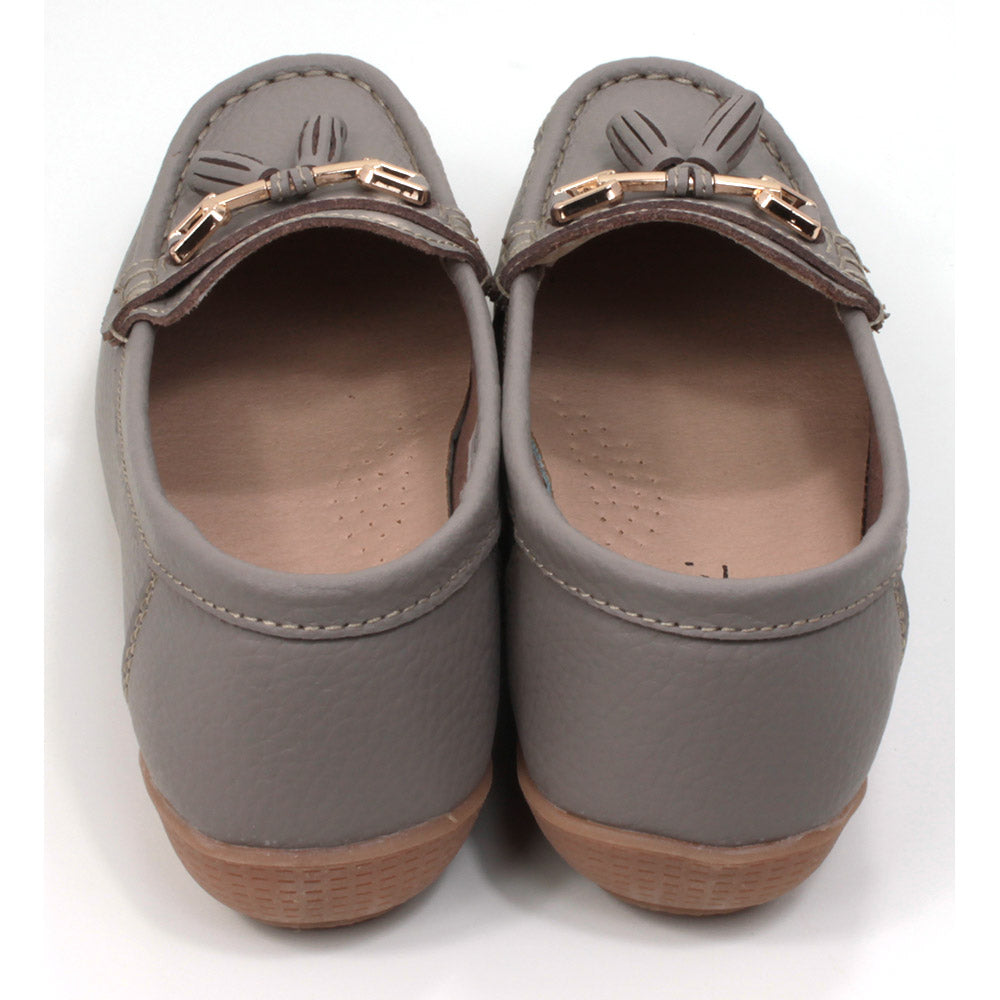
Challenges and Future Prospects
Addressing Production Challenges
Despite its many advantages, the production of mushroom leather faces challenges. Scaling up production to meet growing demand can be difficult. Mycelium cultivation requires specific conditions and expertise. As more brands enter the market, maintaining consistent quality can also be a concern.
Additionally, research into the best growing practices is ongoing. Scientists and manufacturers are working to optimize the cultivation process. This research will help streamline production and improve the properties of mushroom leather. Overcoming these challenges is essential for the long-term success of mushroom leather in the footwear industry.
Future Innovations
The future of mushroom leather looks promising. As technology advances, the potential for new applications increases. Researchers are exploring ways to enhance the properties of mycelium, making it even more durable and versatile. Innovations in dyeing techniques and finishing processes may also expand the design possibilities for mushroom leather shoes.
Furthermore, collaborations between designers and sustainable materials companies can lead to exciting new products. These partnerships can foster creativity and encourage the development of unique designs that appeal to consumers. As the demand for sustainable footwear grows, the potential for mushroom leather to become a mainstream material increases.
What is Mushroom Leather?
Understanding Mycelium
Mushroom leather comes from mycelium, the underground root network of mushrooms. Mycelium consists of a network of fine white filaments called hyphae. This natural structure is both flexible and strong. When processed correctly, mycelium can be turned into a leather-like material. This process involves growing mycelium in a controlled environment, allowing it to flourish and form a dense mat. After harvesting, the mycelium undergoes drying and treatment to enhance its durability and appearance.
How Mushroom Leather is Made
The production of mushroom leather begins with cultivating mycelium. Farmers inoculate a substrate, typically made from agricultural waste, with mushroom spores. This substrate serves as food for the growing mycelium. Over several weeks, the mycelium spreads throughout the substrate, creating a thick mat. Once the desired density is reached, the mycelium is harvested.
Next, the harvested mycelium is processed. It is washed, dried, and treated with natural compounds to improve its strength and flexibility. Some brands may dye the mycelium to achieve various colors and finishes. The resulting material is soft, lightweight, and resembles traditional leather. It can be cut and sewn like any other fabric, making it suitable for shoe production.
Advantages of Mushroom Leather Shoes
Eco-Friendly Alternative
One of the main benefits of mushroom leather is its sustainability. Traditional leather production has a significant environmental impact. It requires large amounts of water and land, and the tanning process can release harmful chemicals into the environment. In contrast, mushroom leather production uses far fewer resources. It can be made from agricultural waste, reducing landfill contributions.
Moreover, mycelium is biodegradable. Unlike synthetic leather, which can take hundreds of years to decompose, mushroom leather will break down naturally. This characteristic makes it a better choice for environmentally conscious consumers. As people seek ways to reduce their ecological footprint, mushroom leather shoes present a viable option.
Versatility and Comfort
Mushroom leather offers versatility in design. It can be crafted into various styles, from casual sneakers to elegant dress shoes. The material can mimic the look and feel of traditional leather, allowing designers to create fashionable footwear that appeals to a broad audience.
In addition to its aesthetic qualities, mushroom leather is also comfortable. The material is lightweight and breathable, making it suitable for all-day wear. It adapts to the foot over time, similar to how traditional leather shoes break in. This adaptability enhances comfort and fit, making mushroom leather shoes an appealing choice for many consumers.
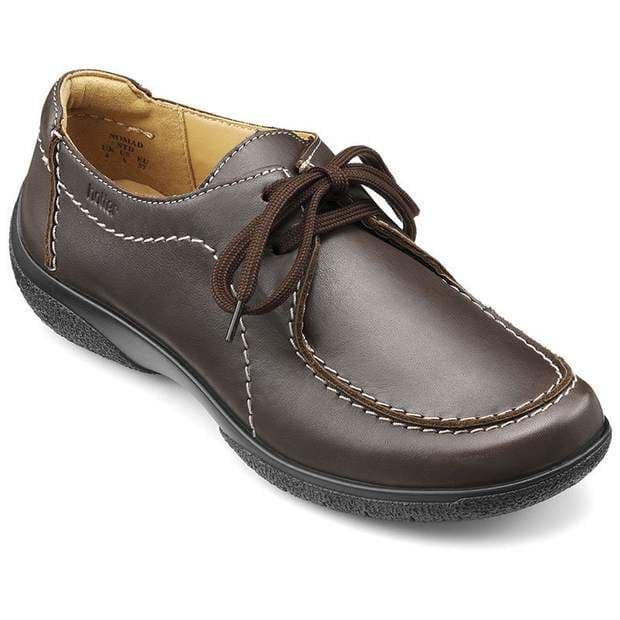
Conclusion
Mushroom leather shoes represent a significant step forward in sustainable fashion. By using mycelium as a primary material, brands can reduce their environmental impact while offering stylish and comfortable footwear. As consumer awareness continues to grow, the demand for eco-friendly products will drive innovation in the industry.
Mushroom leather is more than just a trend; it is a glimpse into the future of sustainable materials in fashion. With ongoing research and development, the potential for mushroom leather to revolutionize the footwear industry is vast. Embracing this innovative material can lead to a more sustainable and stylish future for footwear. As we look ahead, mushroom leather shoes are poised to become a staple in the wardrobes of eco-conscious consumers everywhere.
